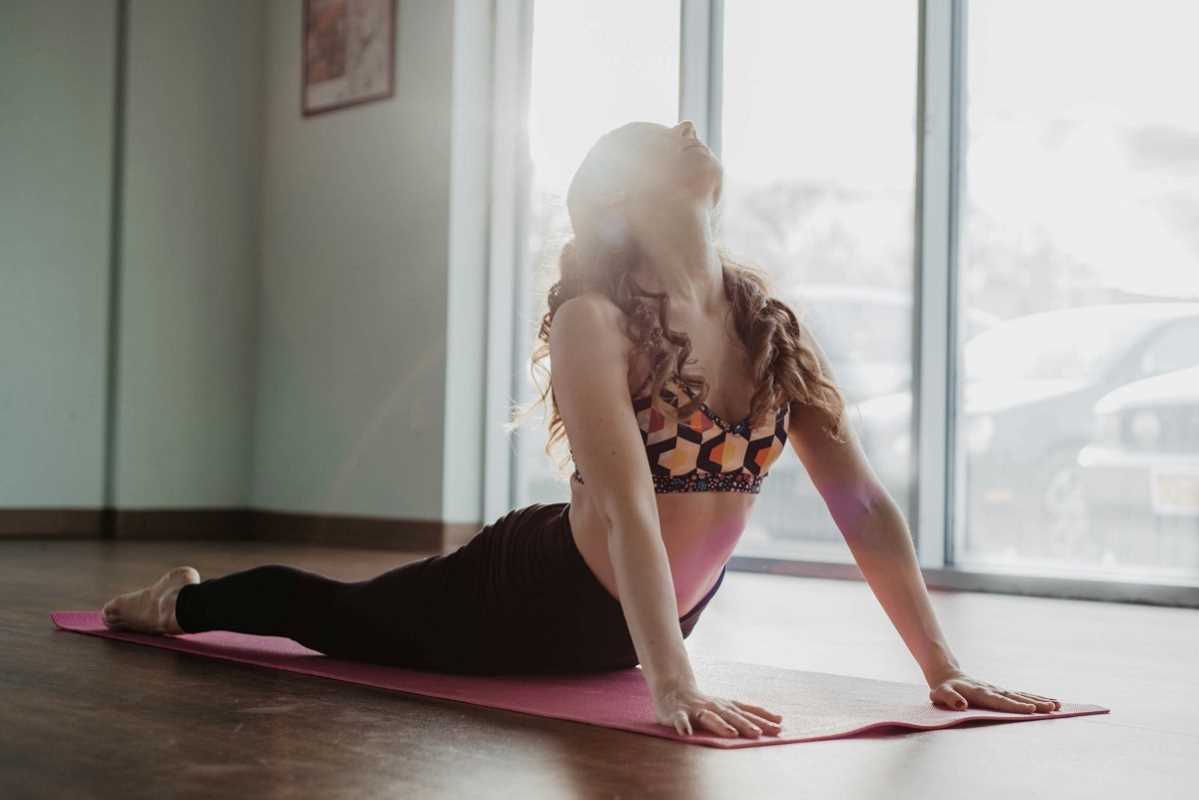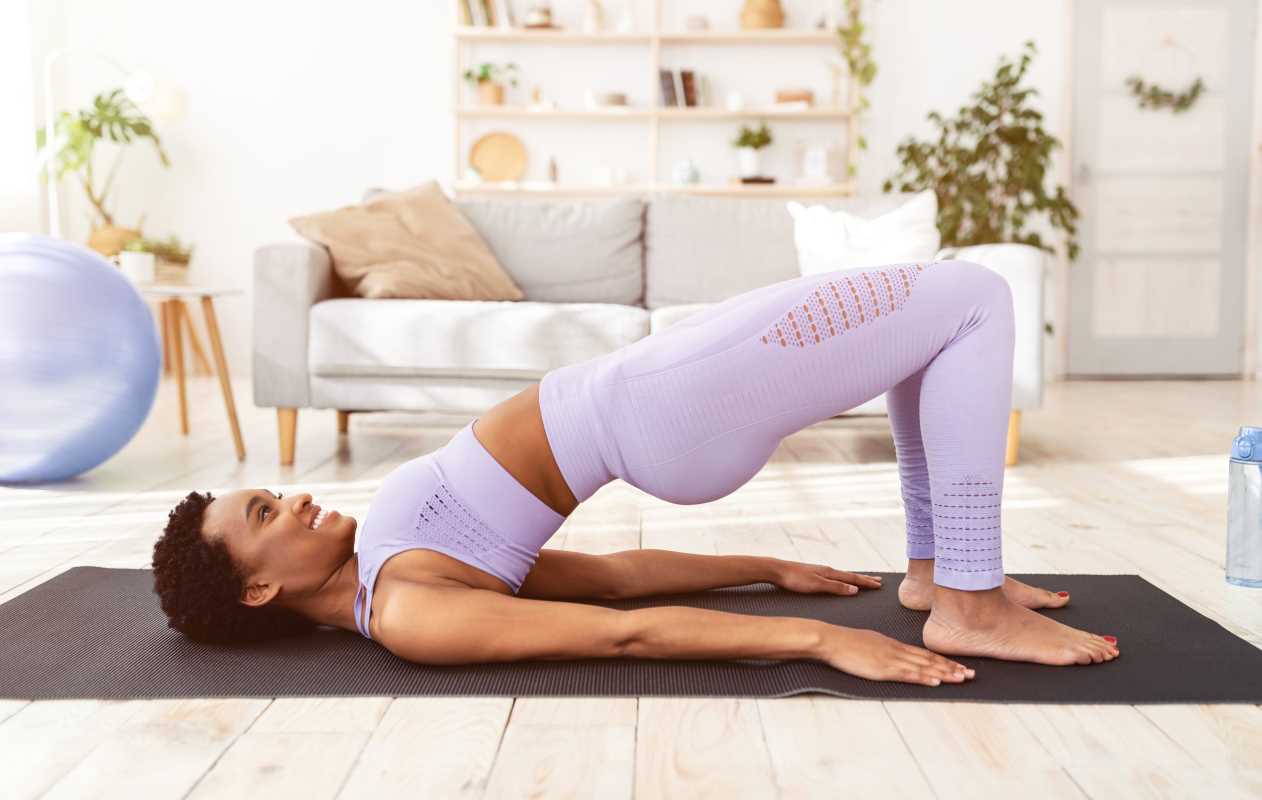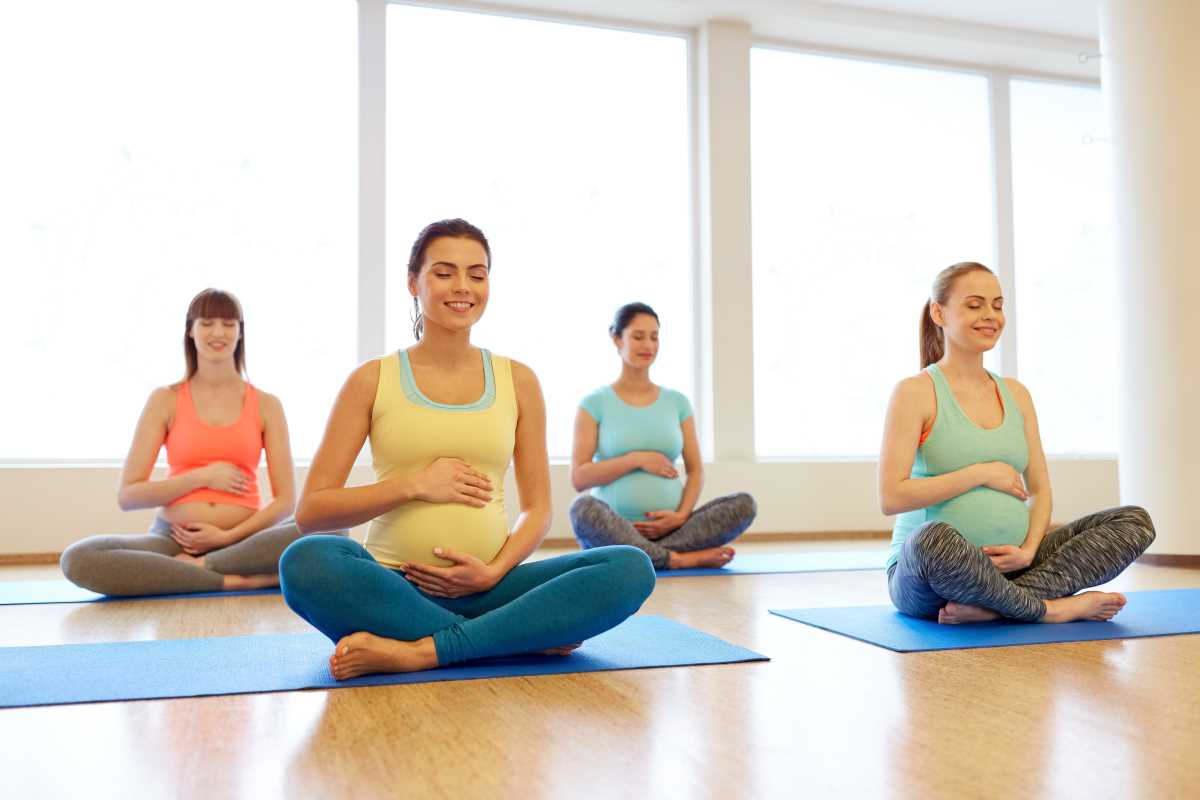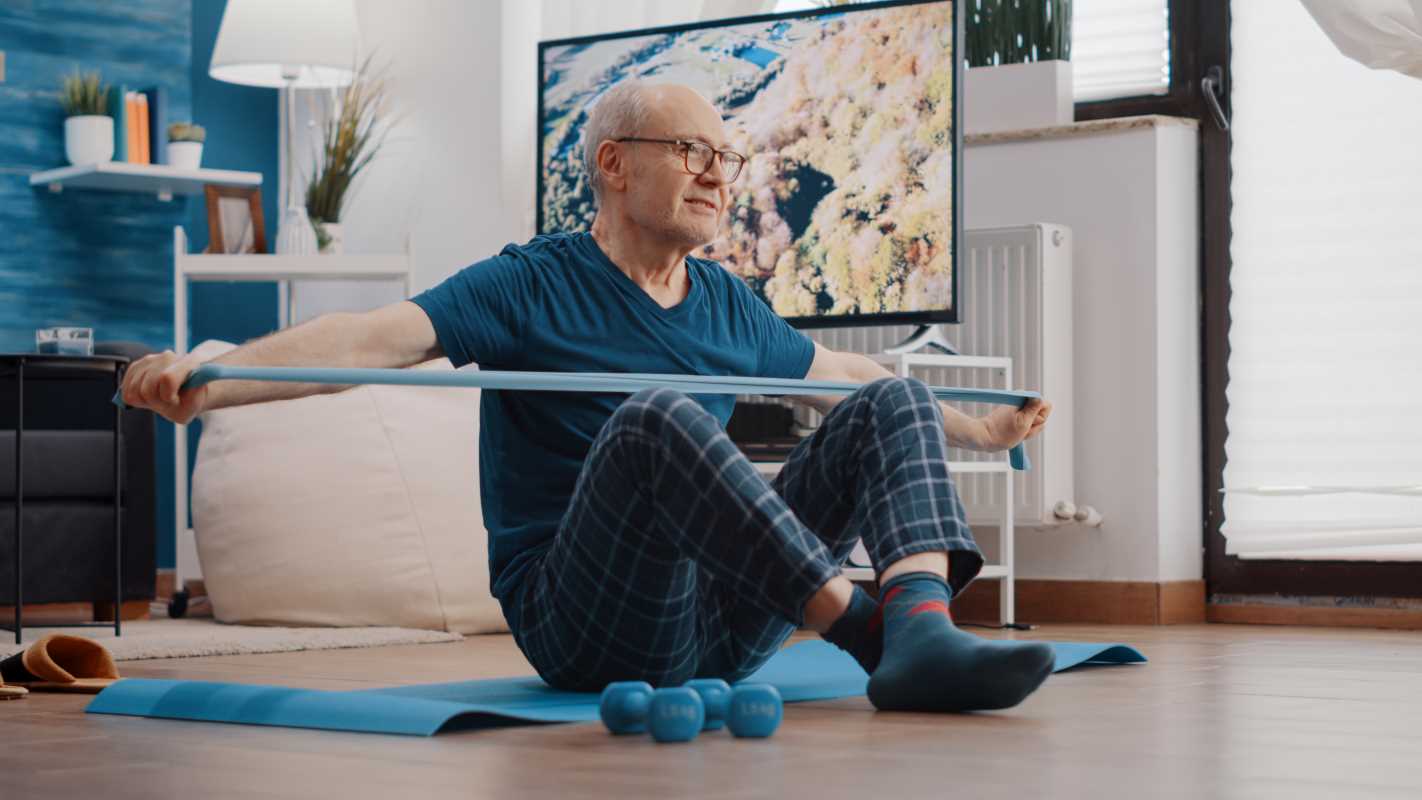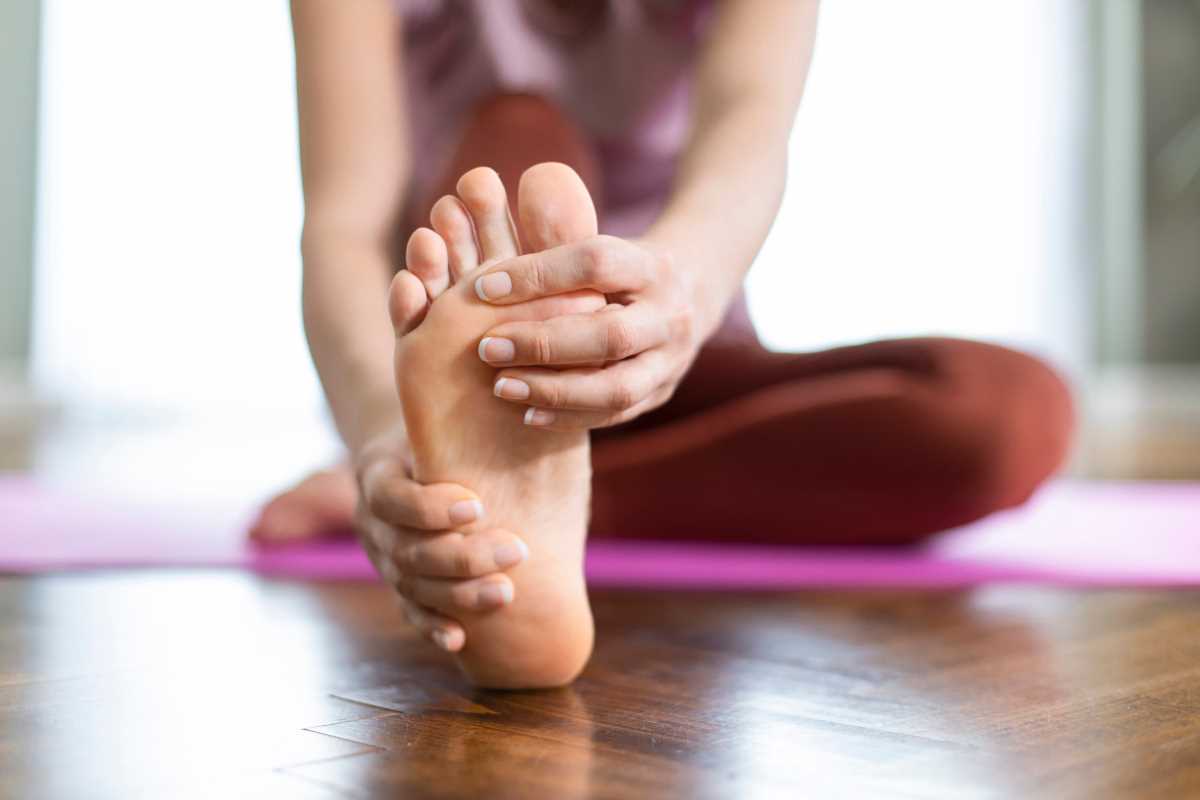Building strength doesn’t always require heavy weights or intense gym sessions. Isometric exercises are a smart alternative that focuses on holding positions rather than repetitive movements. This approach engages your muscles without excessive pressure or strain on joints, making it ideal for beginners, those with injuries, or anyone looking for a joint-friendly workout. These exercises are versatile and can be done almost anywhere with little to no equipment. By incorporating isometric exercises into your routine, you can improve strength, stability, and endurance without the wear and tear associated with traditional workouts. This guide explains simple isometric movements and explains how they help you gain strength and avoid the risk of straining something to a minimum.
What Are Isometric Exercises and Why Do They Work?
Isometric exercises involve holding a muscle contraction in a specific position without moving the surrounding joint. Instead of performing a typical dynamic movement like lifting or lowering weights, you maintain a static hold, keeping your muscles engaged. Instead of completing a squat, you might hold a halfway-down squat position and feel your legs working.
This style of exercise strengthens muscles by targeting tension and endurance without repetitive joint motion. Because the movements are minimal, isometric exercises reduce the risk of injury and strain, making them suitable for people with joint pain or mobility issues.
Benefits of Isometric Exercises
- Muscle Activation Without Excessive Movement: Great for targeting specific muscles, and gives your joints a break.
- Improved Stability: Helps with balance and control by strengthening stabilizing muscles.
- Efficient Workouts: Effective at building strength and endurance in short periods, making them easy to fit into a busy schedule.
- Joint-Friendly: Ideal for people recovering from injuries or those with arthritis or other joint pain.
1. Wall Sit
The wall sit is a simple yet powerful lower-body exercise that targets the quadriceps, glutes, and core.
- How to do it:
- Stand about a foot away from a wall and lean your back against it.
- Lower yourself into a sitting position, as if you’re in an invisible chair, with your thighs parallel to the floor and knees directly above your ankles.
- Hold this position for 20–30 seconds to start and gradually increase to a minute or longer.
- Why It Helps: Strengthens the legs without the repeated impact of traditional squats.
This exercise is perfect for building lower-body endurance and reducing strain on the knees.
2. Plank Hold
The plank is a staple core exercise that engages multiple muscle groups, including your abs, shoulders, and back.
- How to do it:
- Get into a push-up position, with your hands directly beneath your shoulders or forearms on the floor.
- Keep your body in a straight line from head to heels.
- Hold the position for 15–30 seconds, gradually increasing over time.
- Why It Helps: Builds core strength and stability without the repetitive motion of crunches or sit-ups.
The static hold in a plank helps reinforce good posture and strengthens muscles that support your spine.
3. Glute Bridge Hold
This exercise targets the glutes and lower back, improving hip stability.
- How to do it:
- Lie on your back with your feet flat on the floor and knees bent.
- Push through your heels to lift your hips toward the ceiling, creating a straight line from knees to shoulders.
- Hold the top position for 20–30 seconds before lowering back down.
- Why It Helps: Strengthens the glutes and hamstrings and reduces stress on the lower back.
The glute bridge hold reinforces balance and helps with daily movements like walking or climbing stairs.
4. Wall Push-Up Hold
A safer alternative to traditional push-ups, the wall push-up hold is ideal for strengthening your chest, shoulders, and arms.
- How to do it:
- Stand facing a wall with your hands placed slightly wider than shoulder-width apart.
- Lean in, keeping your body straight, and hold your position at the halfway-down stage of a push-up for 10–20 seconds.
- Why It Helps: Builds upper-body strength in a gentle and controlled manner.
This isometric exercise allows you to work on your push-up form without putting stress on your wrists or shoulders.
5. Seated Leg Raise Hold
This lower-body exercise strengthens the thigh muscles without putting pressure on your knees.
- How to do it:
- Sit on a chair with your back straight and feet flat on the floor.
- Lift one leg straight in front of you until it’s parallel to the ground and hold for 10–15 seconds.
- Repeat with the opposite leg.
- Why It Helps: Targets the quads and is gentle on the knees.
This exercise is especially beneficial for people with knee pain or limited mobility.
6. Isometric Shoulder Press Hold
This upper-body move strengthens your shoulders, back, and neck without the repetitive lifting of weights.
- How to do it:
- Stand tall with your hands at shoulder height, elbows bent, as if holding an invisible barbell.
- Press your hands overhead and hold them just below full extension for 15–20 seconds before bringing them back down.
- Why It Helps: Builds endurance in the shoulder and arm muscles without extra strain on the joints.
Adding light dumbbells can increase resistance once you’re comfortable.
7. Side Plank Hold
The side plank targets your obliques and helps improve overall core stability.
- How to do it:
- Lie on one side with your feet stacked on top of each other.
- Lift your hips off the ground, keeping your body in a straight line from head to toes. Rest on your forearm for support.
- Hold the position for 15–20 seconds per side, gradually increasing the time.
- Why It Helps: Improves balance and strengthens the sides of your core, which are often overlooked.
This move helps build a stronger foundation for rotational movements in everyday life.
8. Hand Grip Squeeze
This simple exercise strengthens the muscles in your hands and forearms.
- How to do it:
- Hold a stress ball or hand gripper in one hand.
- Squeeze as hard as you can and hold the contraction for 10 to 15 seconds.
- Repeat on the other hand.
- Why It Helps: Improves grip strength, which is essential for lifting, carrying, or holding onto things.
Hand grip exercises also benefit people with arthritis or limited hand mobility.
9. Isometric Lunge Hold
This full-body exercise targets the legs, glutes, and core while improving balance.
- How to do it:
- Step one foot forward into a lunge position, lowering your back knee toward the ground.
- Hold this position for 15–30 seconds, keeping your upper body upright.
- Switch legs and repeat.
- Why It Helps: Builds lower body strength without requiring full lunges, reducing impact on the knees.
This exercise is useful for gaining stability and strength in everyday movements.
Tips for Incorporating Isometric Exercises
- Focus on proper form to get the most benefits and prevent injury.
- Start with shorter holds (10–15 seconds) and gradually increase the duration as you build endurance.
- Breathe steadily throughout each exercise, avoiding the urge to hold your breath.
- Combine isometric exercises with dynamic movements for a balanced routine.
 (Image via
(Image via